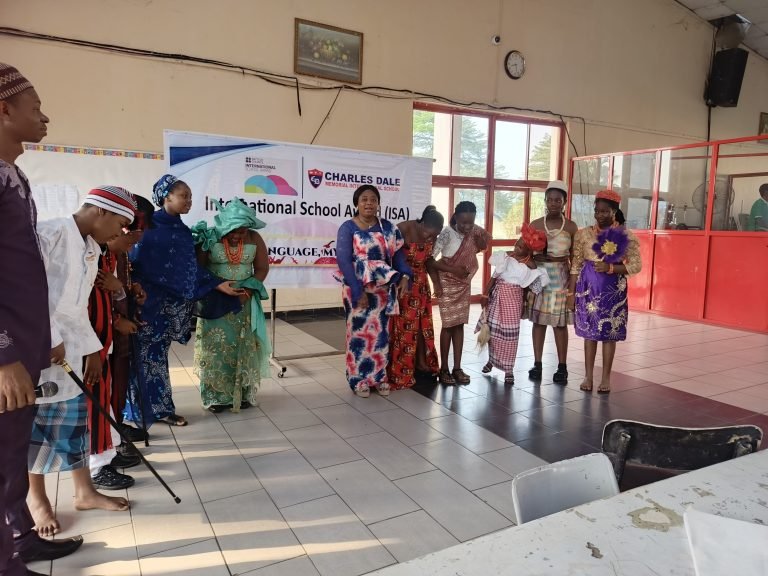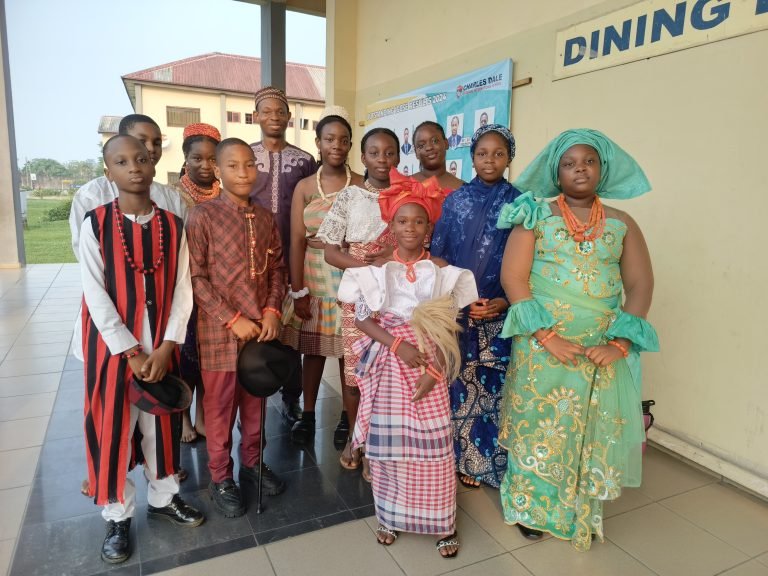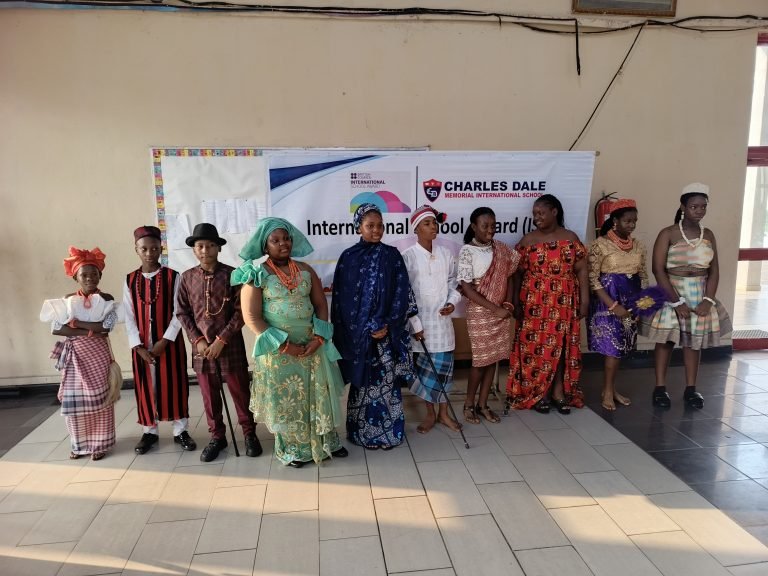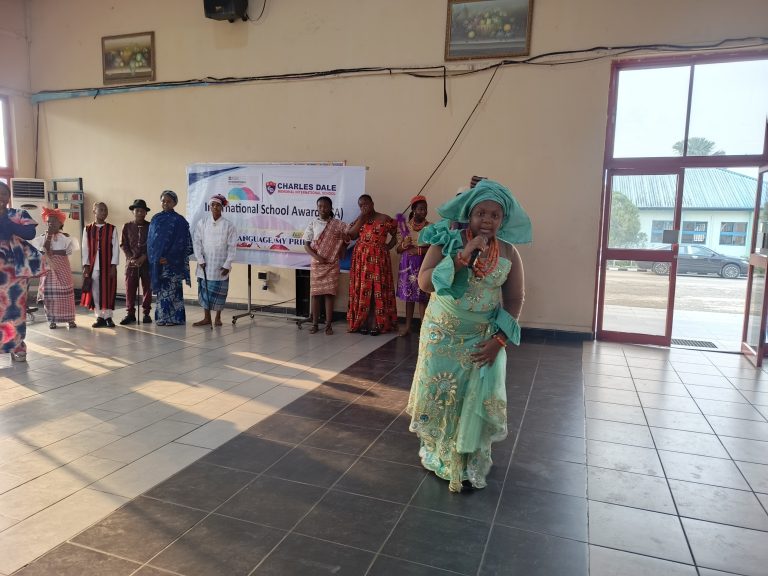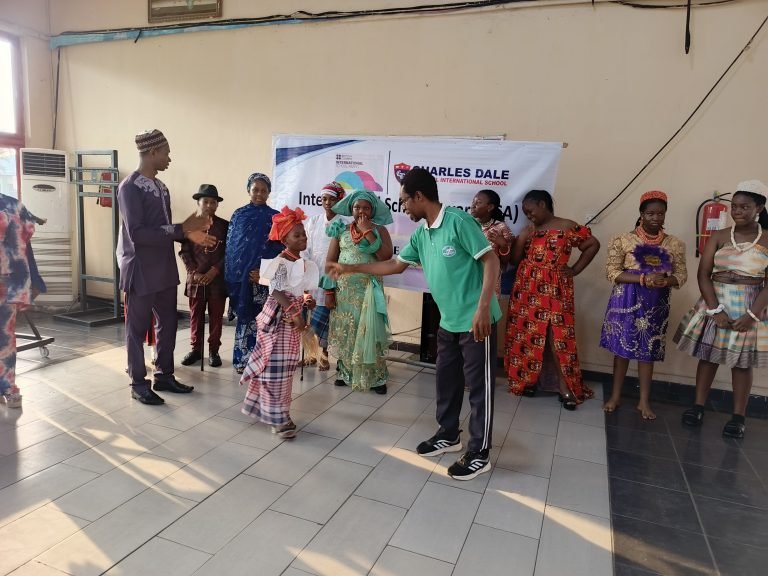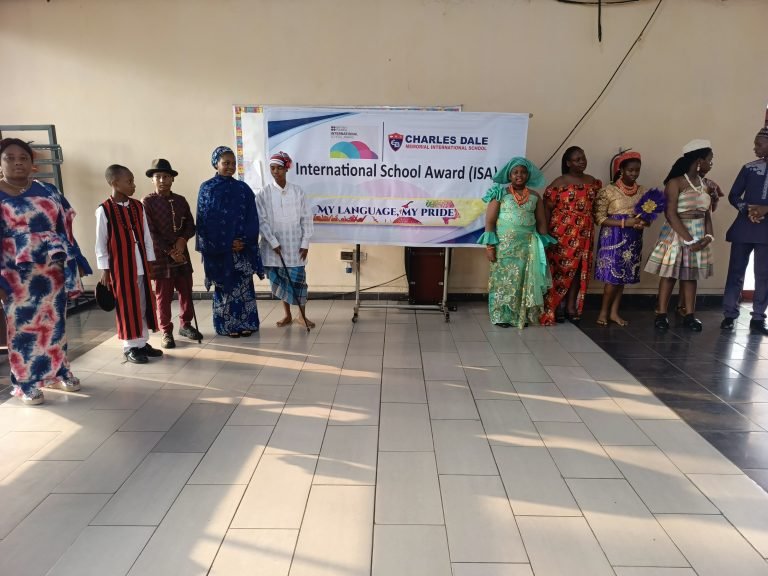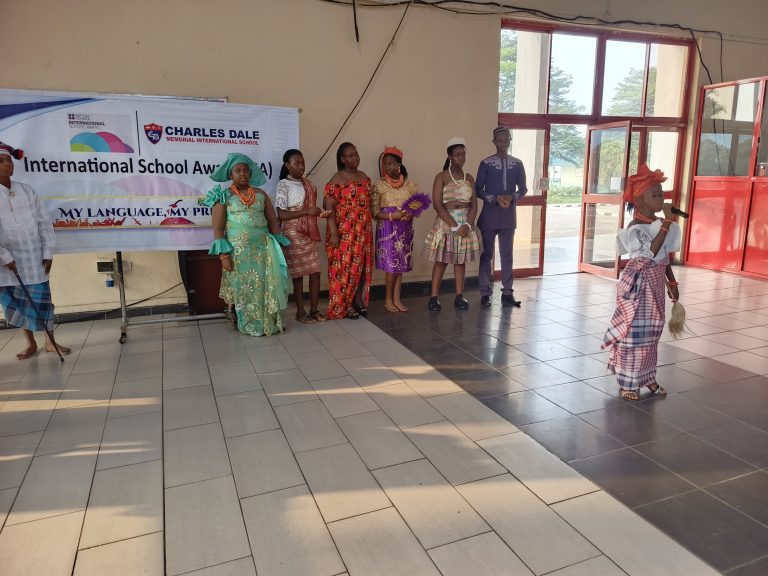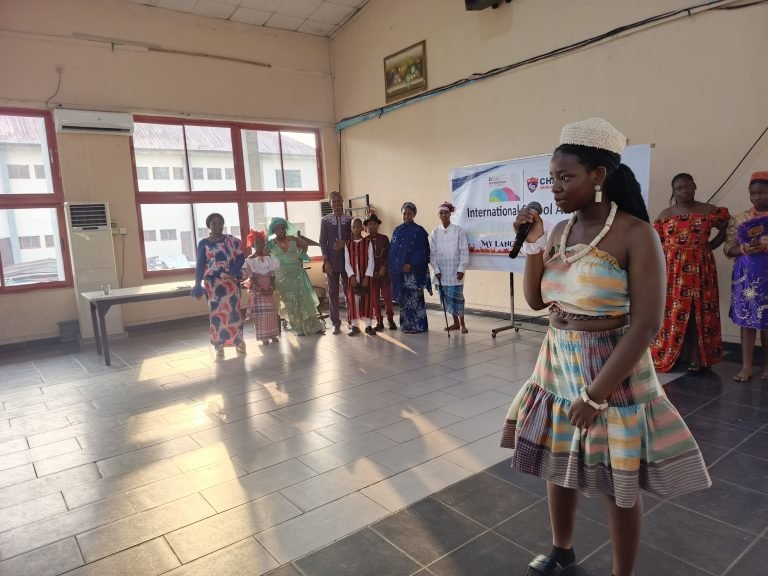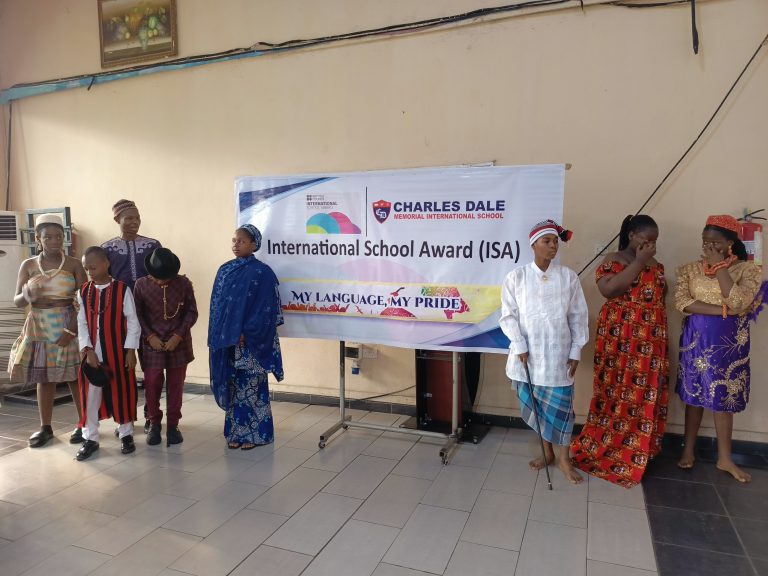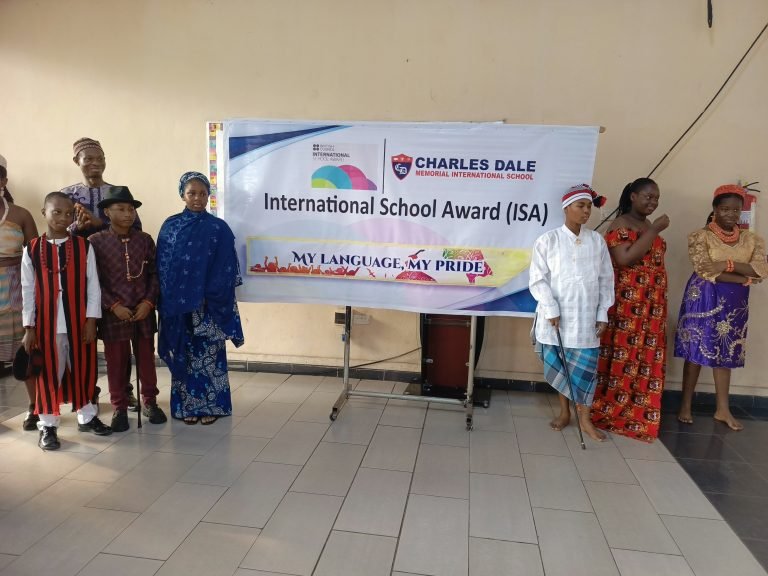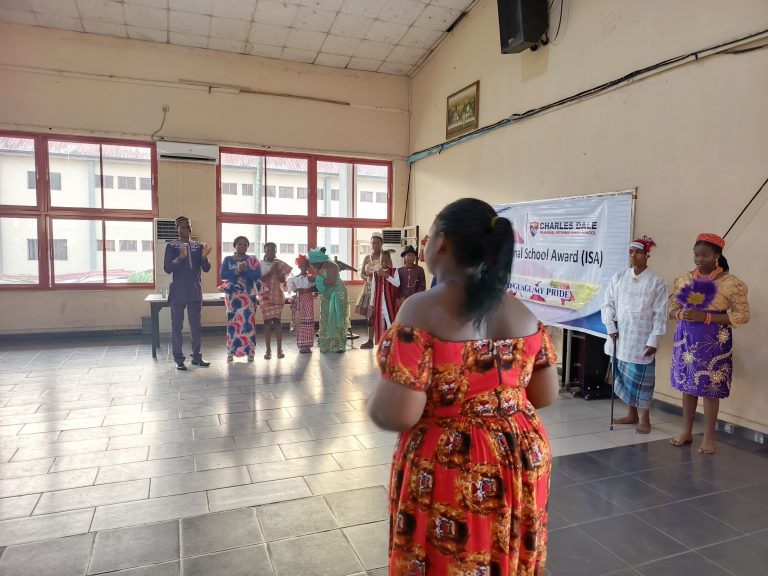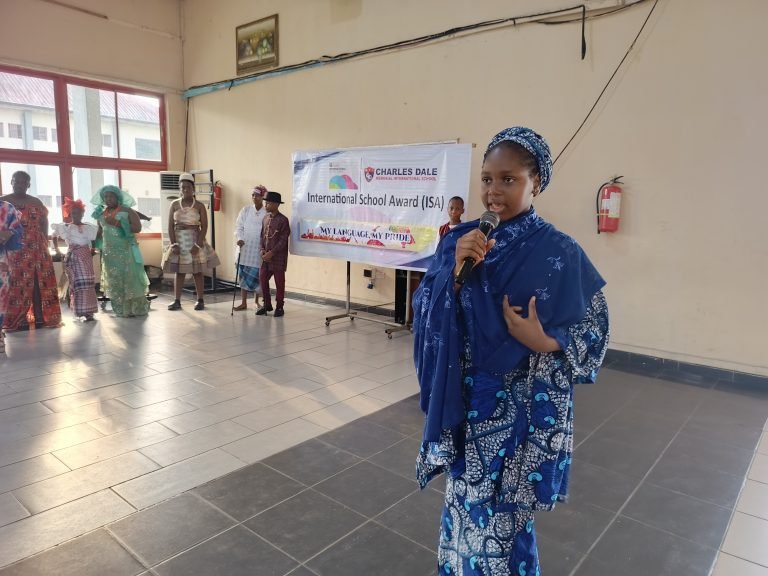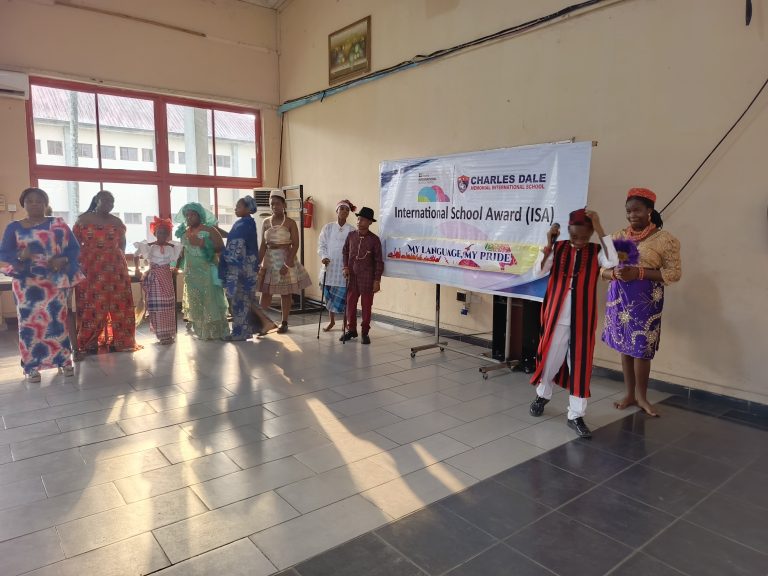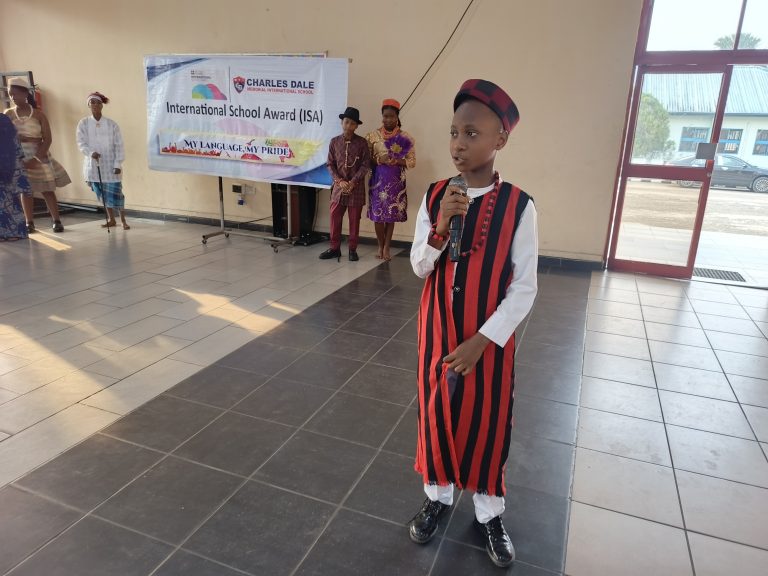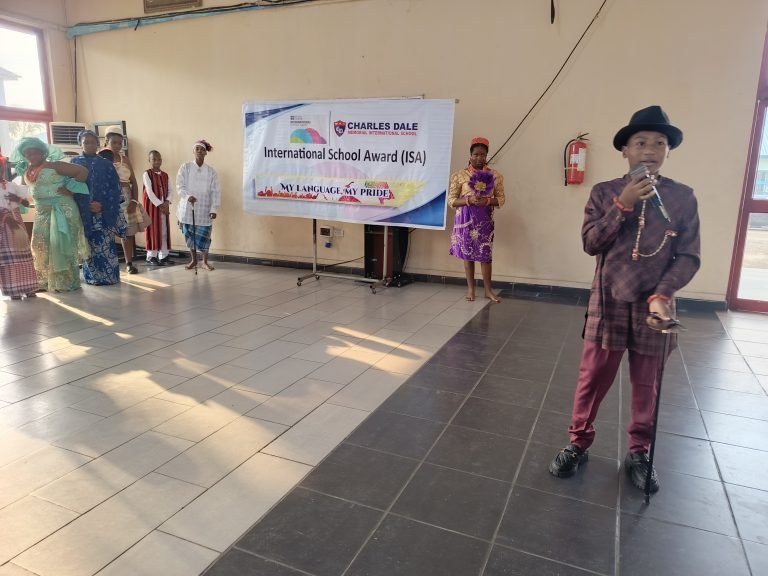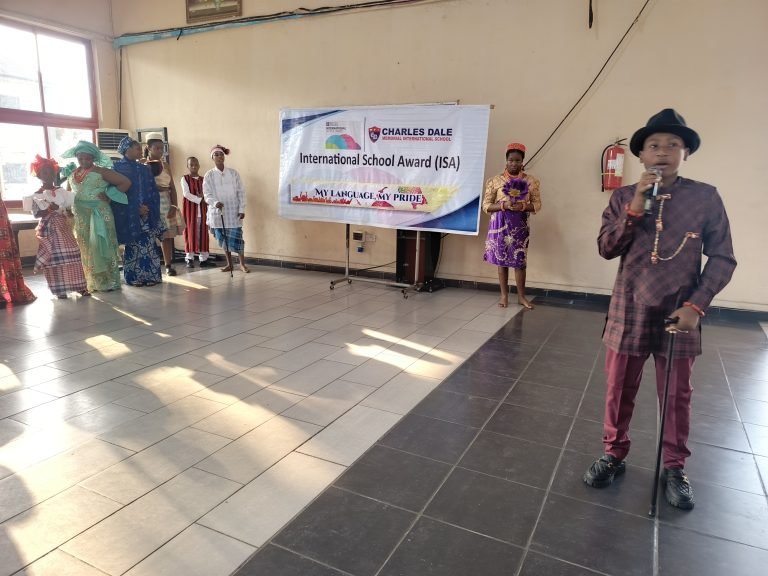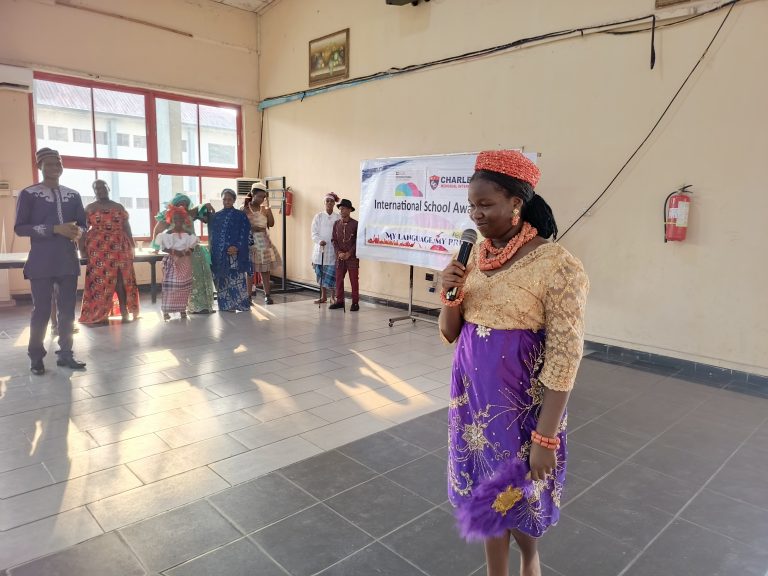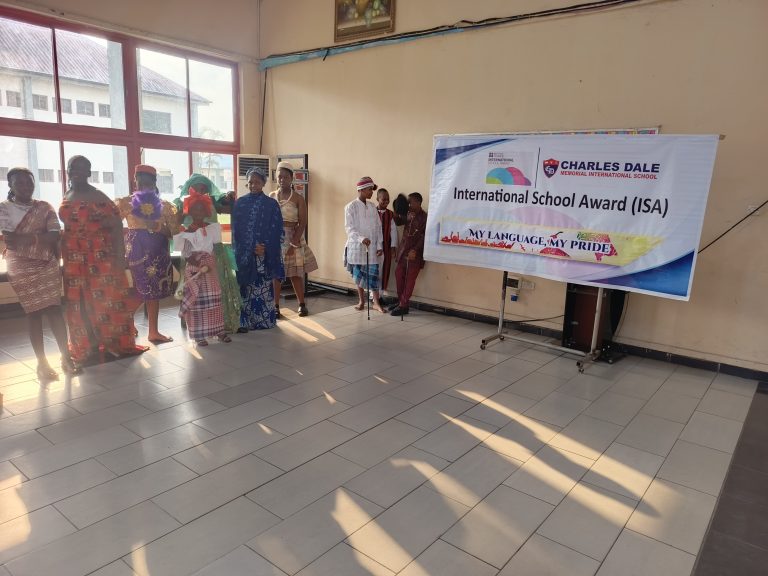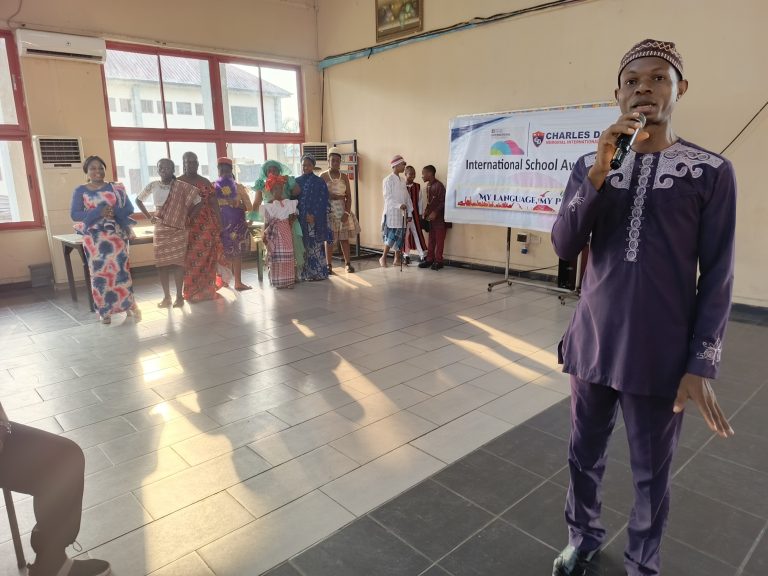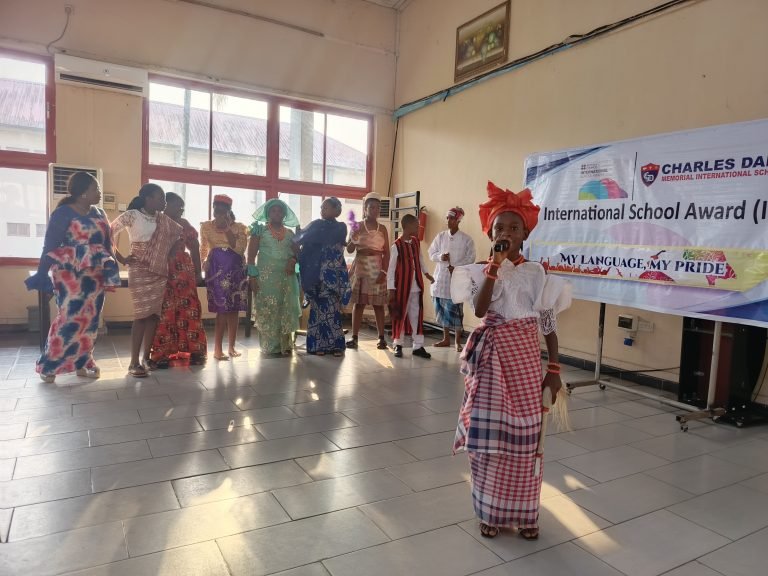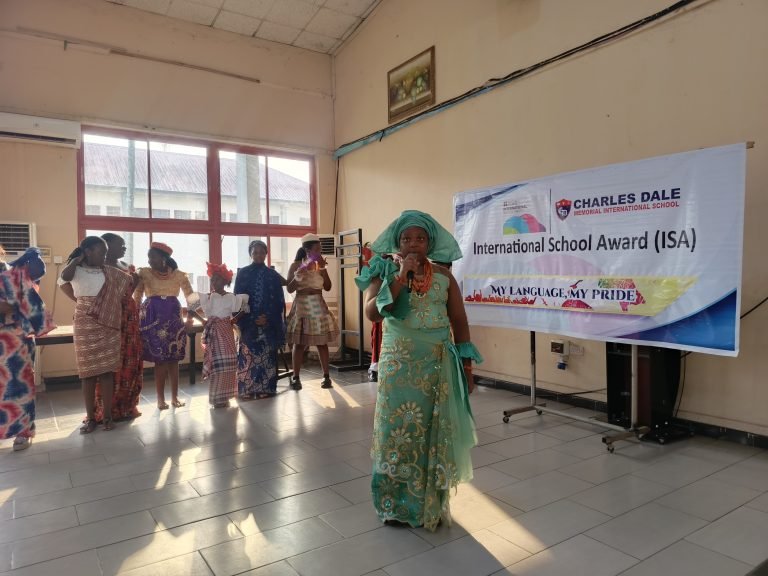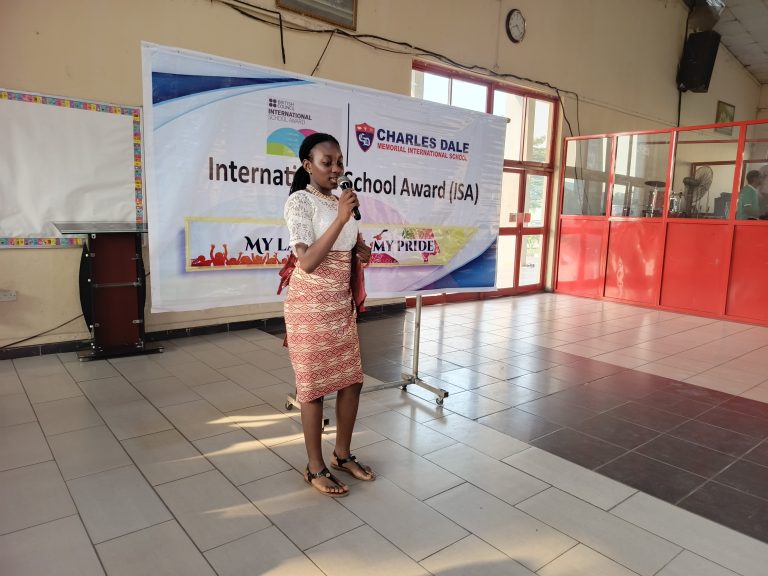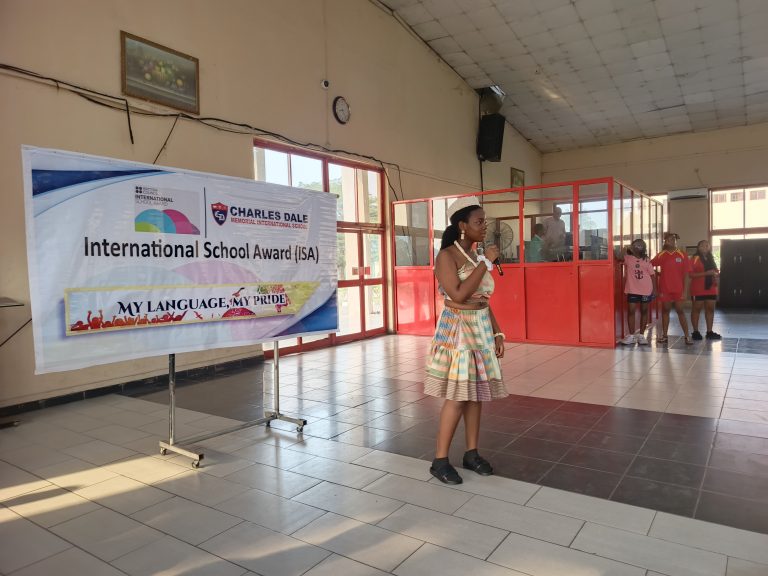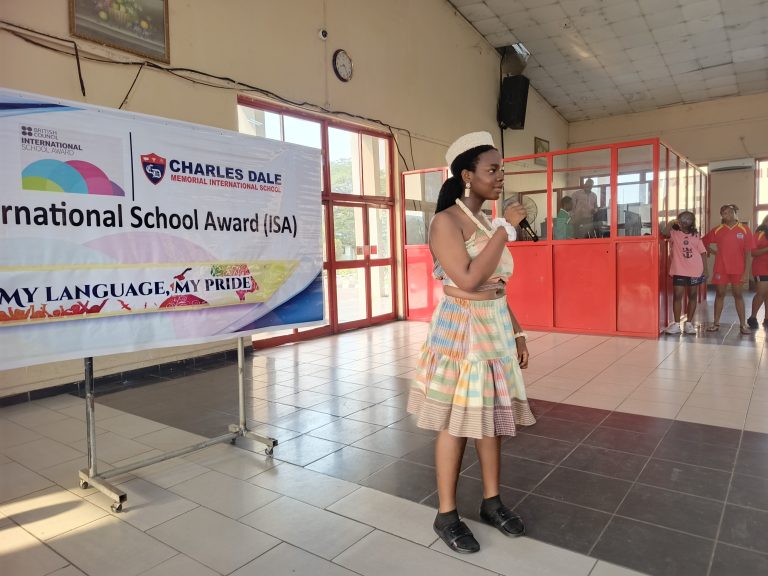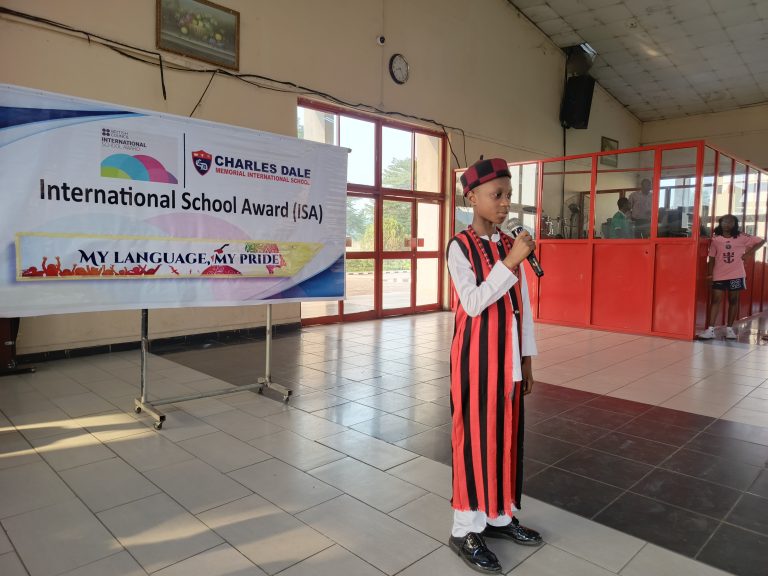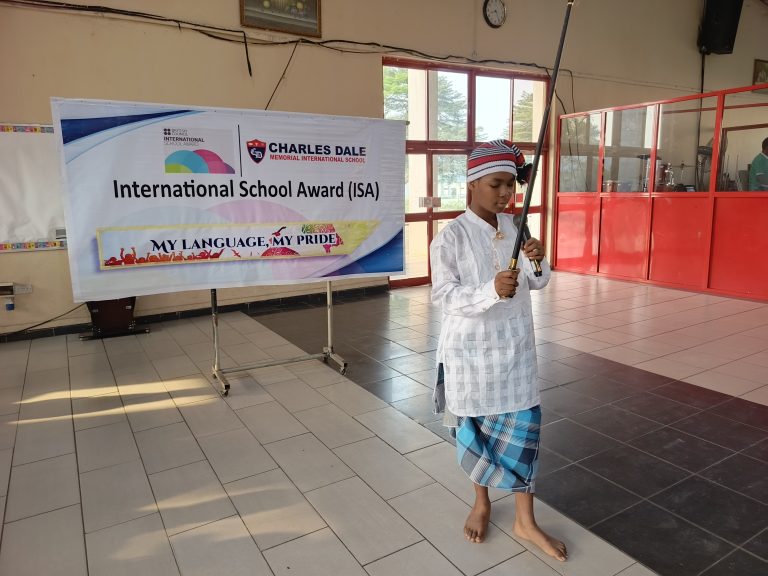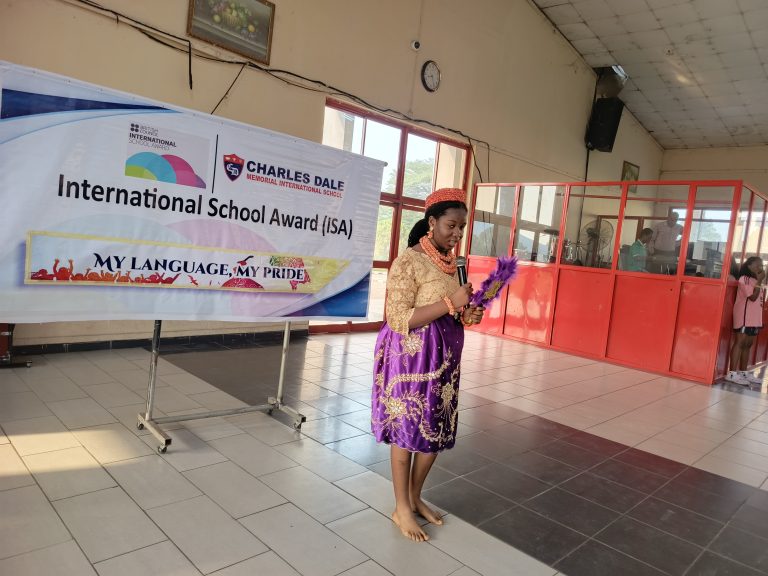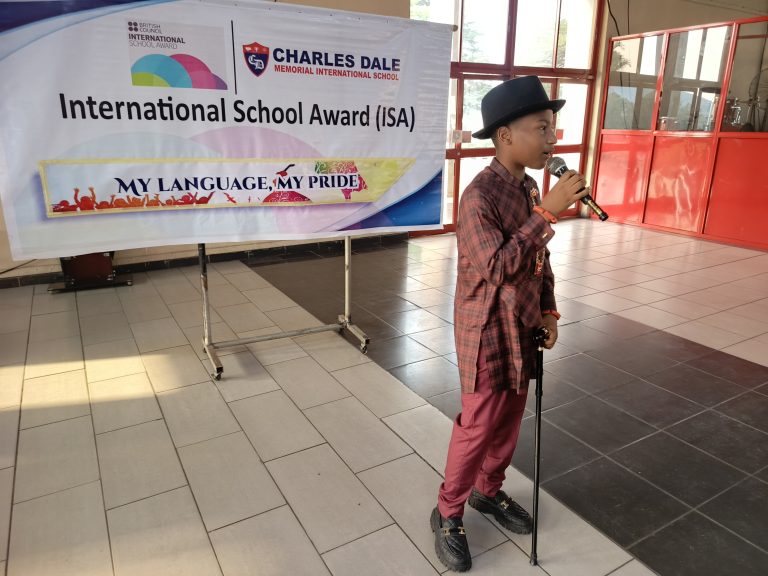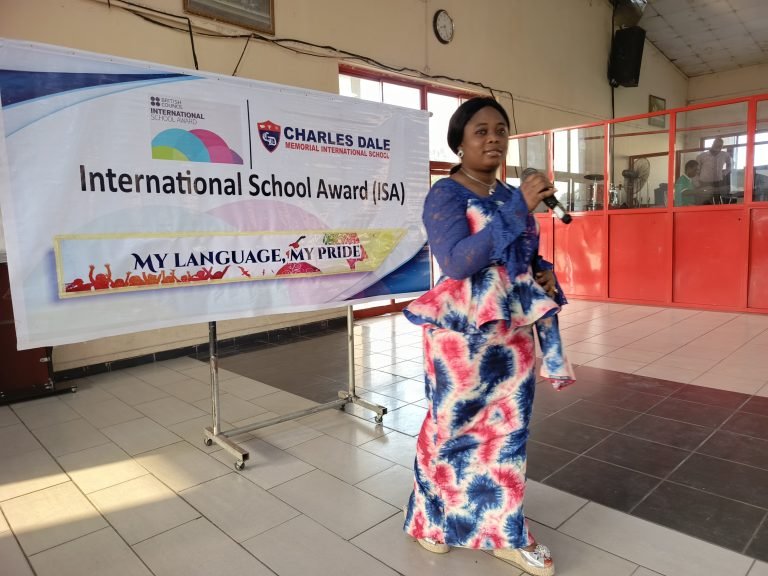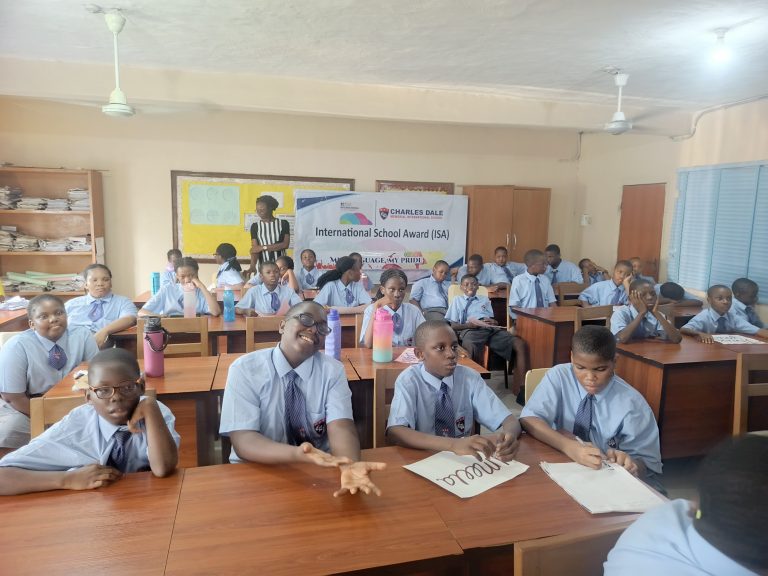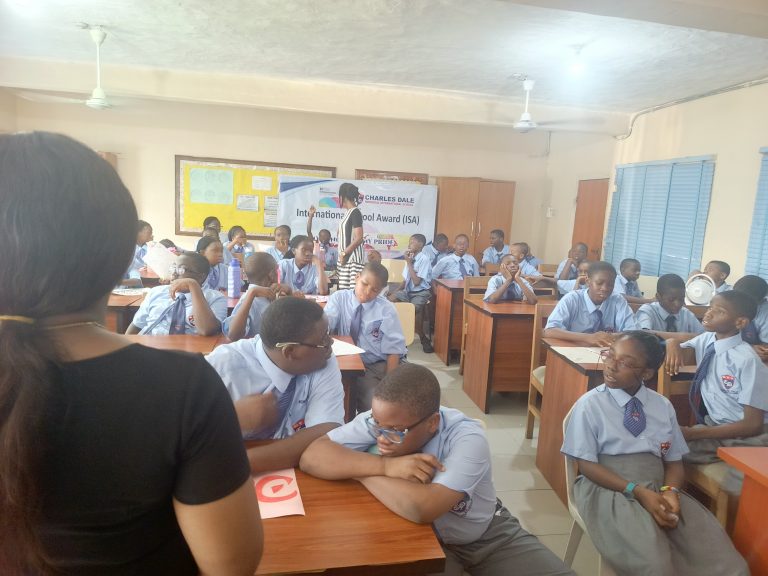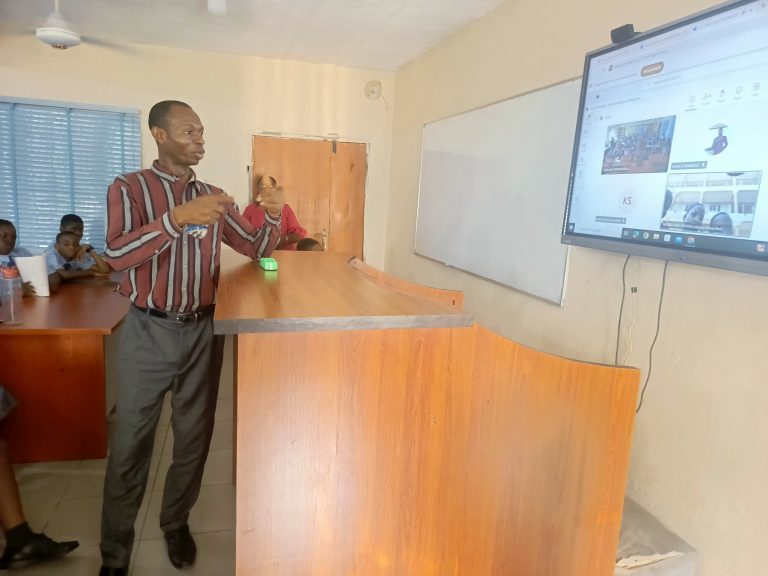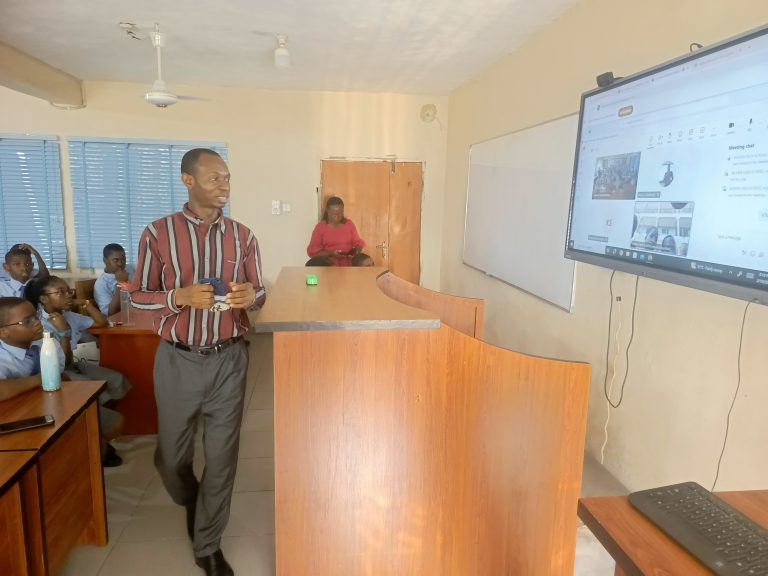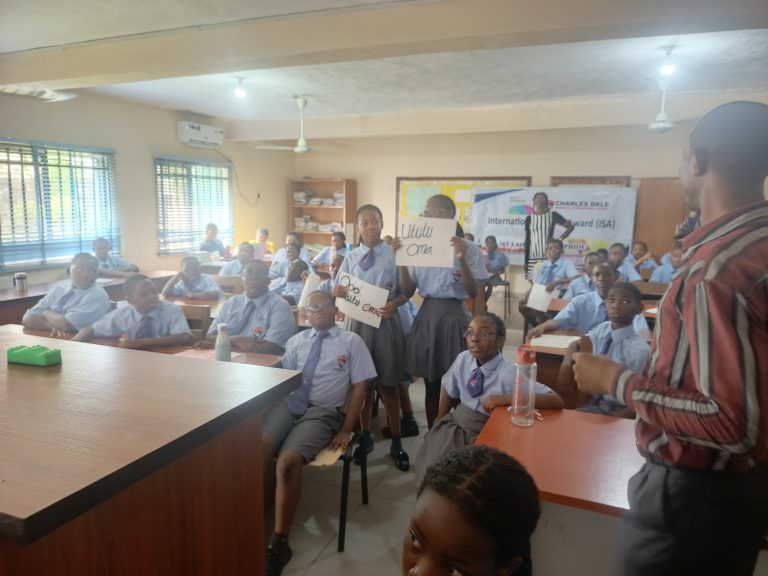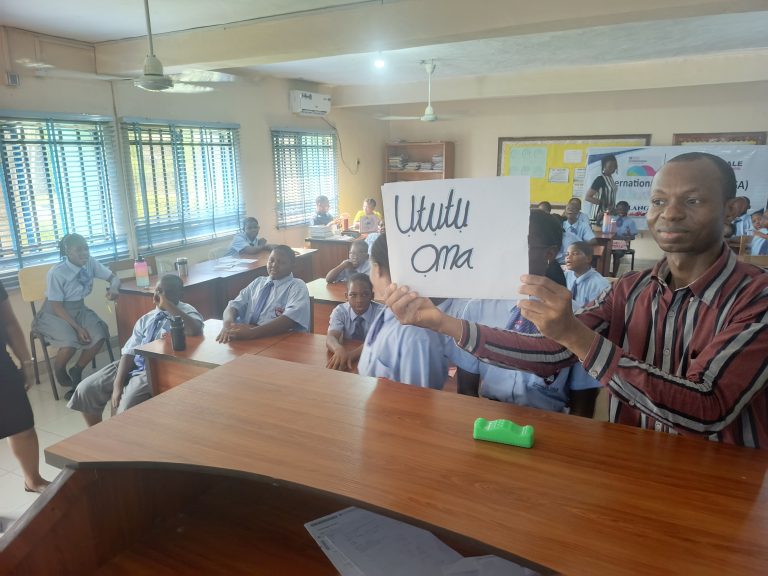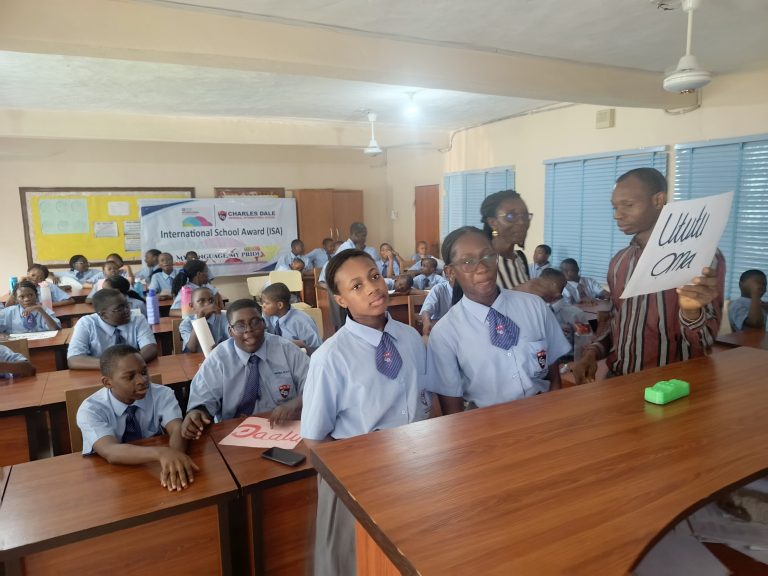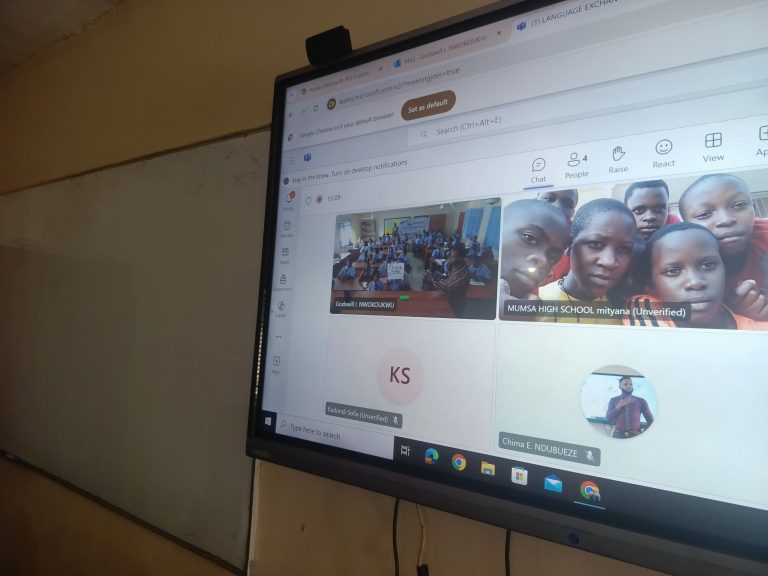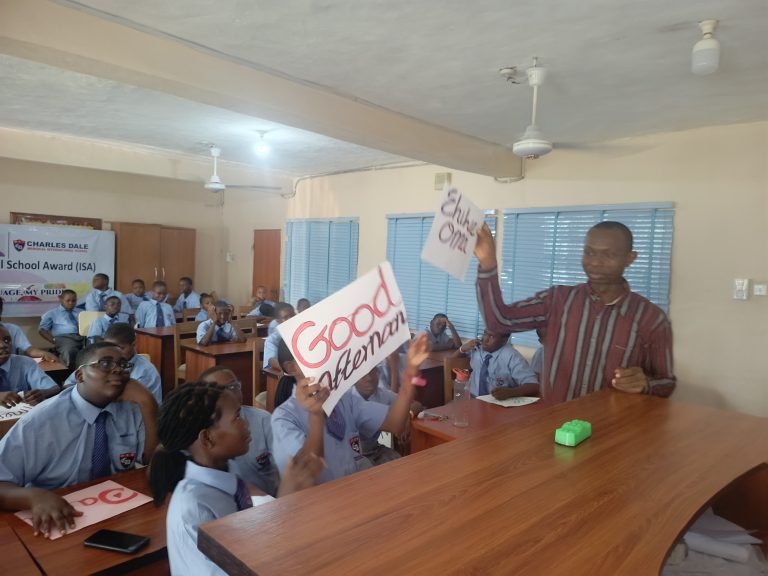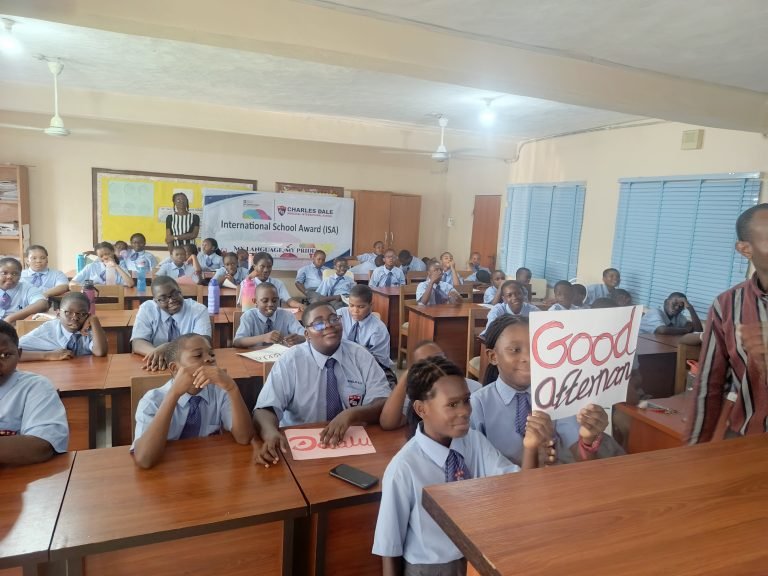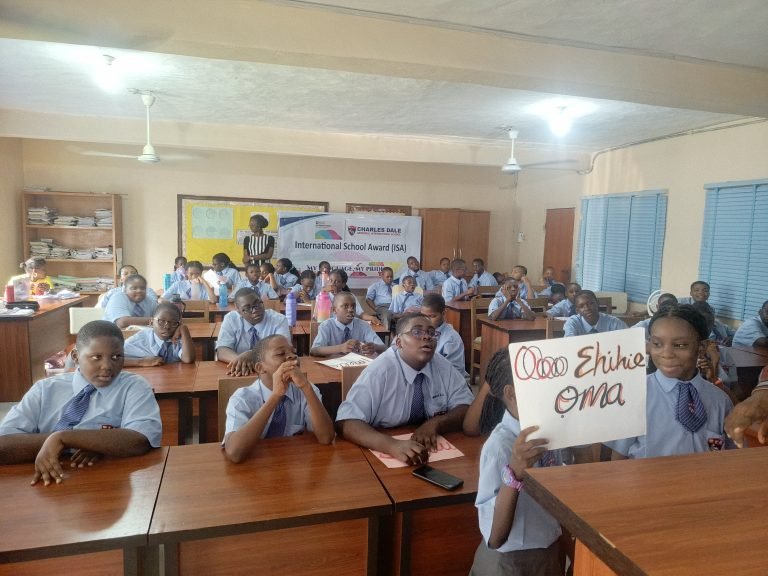activity
7
SDG REFERENCE
SDG Goal 4: Quality Education: The project promotes linguistic diversity, cultural appreciation, and the value of native languages, contributing to quality education by fostering global citizenship and respect for cultural differences.
SDG Goal 10: Reduced Inequality: The project provides an inclusive platform for learners from diverse linguistic and cultural backgrounds to share and appreciate one another’s languages, promoting social and cultural inclusivity.
SDG Goal 11: Sustainable Cities and Communities: The project highlights the importance of preserving languages as a part of cultural heritage, contributing to safeguarding intangible cultural heritage
My Language, My Identity
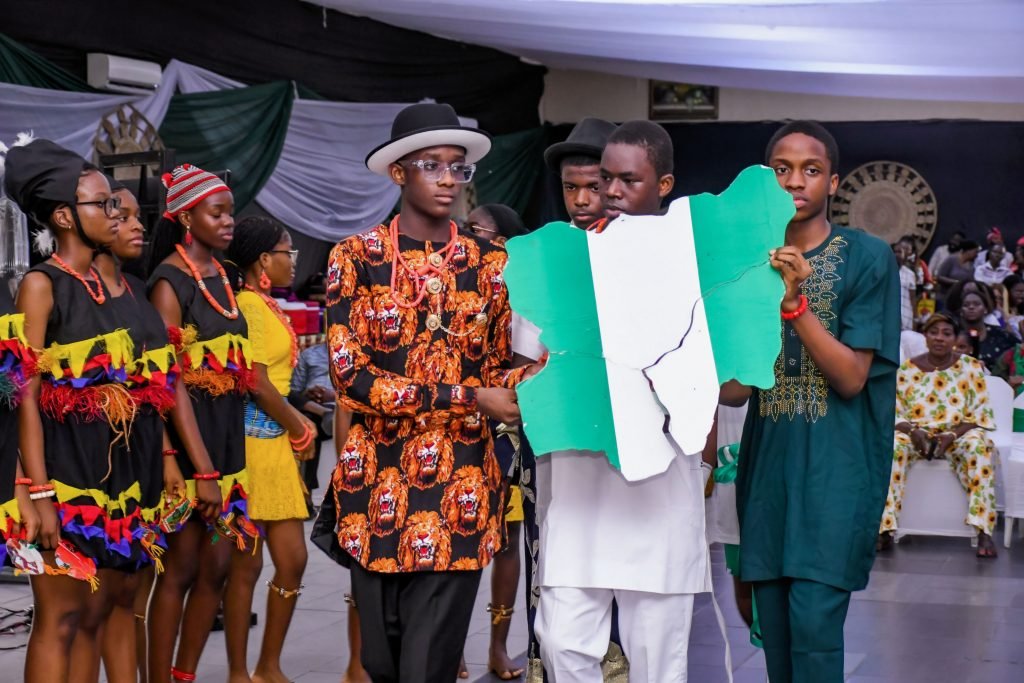
My Language, My Identity
PROJECT OVERVIEW
My Language, My Identity was designed to provide learners with a meaningful opportunity to explore the relationship between language and identity. It focused on investigating how the languages we speak influence our cultural heritage, values, communication styles, and personalities. Through this initiative, students engaged in reflective, research-based, and interactive tasks to better understand the power of language as a key component of identity and as a bridge to global citizenship.
Spanning across Year 7 to Year 11 (ages 11–17), the project encouraged students from diverse linguistic and cultural backgrounds to examine how their native languages shape their worldview and sense of self. The project aligned with global learning goals and integrated multiple disciplines, including ICT, History, English, and Indigenous and Foreign Languages. Activities included research, surveys, international exchanges, and cultural celebrations to help learners understand language as a powerful marker of identity and heritage.
AIMS AND OBJECTIVES
• Foster learners’ appreciation of their native languages and their role in shaping personal and collective identity.
• Cultivate understanding of global linguistic diversity and the cultural values embedded in language.
• Develop communication skills in both native tongues and foreign languages.
• Encourage intercultural dialogue and mutual respect among international peers.
ACTIVITY PHASES & TIMELINES
Activity 1: Online Research on Language Extinction
Students in Years 10 and 11 began with collaborative research into the global issue of language extinction. Topics included:
• Causes of language loss (e.g., colonization, globalization, urbanization)
• Cultural and emotional consequences of losing a language
• Examples of endangered/extinct languages (e.g., Ainu, Bo, Eyak)
• Current status of their own mother tongues
Each group presented a report of their findings, sparking class-wide discussions on protecting and promoting indigenous languages.
Activity 2: In-School Survey on Mother Tongue Usage
In this phase, learners designed and administered a school-wide survey to investigate the prevalence and perception of mother tongue use. Survey questions explored:• Students’ ability to speak their mother tongue
• Frequency of use at home, in school, or socially
• Confidence and fluency levels
• Attitudes toward indigenous languages
Data were collected, analyzed, and discussed, highlighting students’ connection to their linguistic heritage.
Activity 3: Virtual Language Exchange with Uganda
A cross-cultural exchange was held between students from Charles Dale Memorial International School and Mumsa High School in Mityana, Uganda. Focused on exchanging greetings in Igbo and Luganda, this activity promoted linguistic diversity and cultural empathy.
Nigerian students shared Igbo greetings via audio-visuals:
• Ndeewo – Hello
• Kedu? – How are you?
• Daalu – Thank you
Ugandan students responded with Luganda greetings:
• Gyebale Ko – Well done
• Oli otya? – How are you?
• Webale – Thank you
A live virtual session allowed learners to practice, interact, and reflect on the cultural significance of these expressions.
Activity 4: International Mother Language Day Celebration
To mark International Mother Language Day (February 21st), a full-day celebration was held to honor Nigeria’s linguistic diversity. Highlights included:
• Cultural Attire Parade featuring traditional dress and language introductions
• Poetry recitations in mother tongues with translations
• Folk songs, chants, and oral storytelling performances
This event fostered a sense of pride, belonging, and responsibility to preserve linguistic heritage.
A Global Collaborative Experience with Ugandan Learners
At Charles Dale Memorial International School, we believe education is not just about academic success, it’s about shaping the total child through purposeful experiences that build identity, empathy, and global awareness.
One such experience is “My Language, My Identity,” a unique cultural exchange program that connected our students with learners from Uganda. This project opened a rich dialogue on how the languages we speak influence our identity, values, and worldview. Through interactive sessions, peer-to-peer tutoring, and storytelling, students from both countries explored the beauty and power of native languages.
Beyond the Classroom: Education that Connects and Inspires
Running across Years 7–11 and involving students aged 11 to 16, this initiative went beyond language. It intersected with Civic Education, Religious Studies, Social Studies, English Language, and History, reinforcing the academic curriculum with real-world engagement. Students developed cross-cultural communication skills, gained a deeper appreciation for linguistic diversity, and experienced first-hand how language shapes personal and collective identity.
Why It Matters
- Promotes cultural appreciation and pride in native heritage
- Strengthens global citizenship through collaborative learning
- Develops confidence, empathy, and communication skills
- Supports SDGs on quality education and reduced inequalities
This wasn’t just an activity; it was a transformational moment. For many of our learners, it was their first opportunity to represent themselves as global citizens, exchanging knowledge while building lasting connections.

